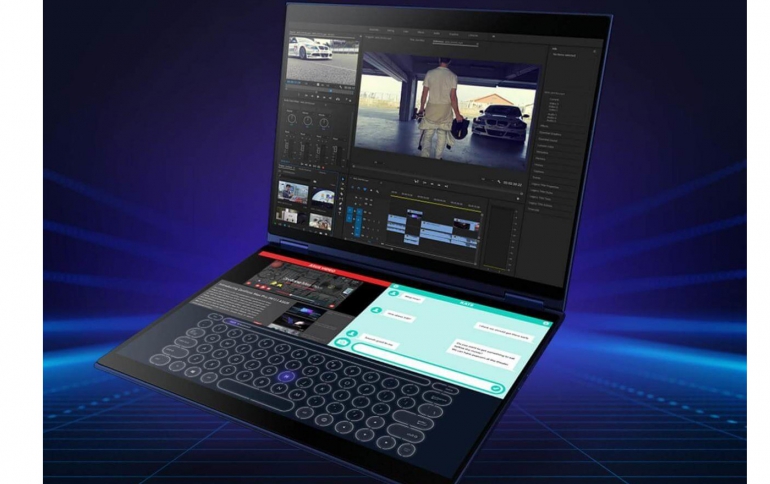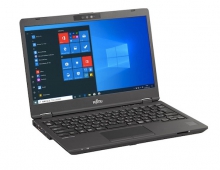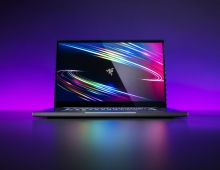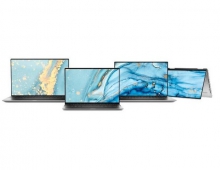
Microsoft And Intel Want To Standardize Foldable Laptops
Microsoft and Intel are joining hands to set some standards for foldable laptops, which could stimulate demand for the saturated notebook market.
The two companies have recently started establishing standards for dual-screen notebooks and are looking to extend the concept to cover foldable-screen notebooks, Digitimes.com reports, citing sources from the notebook upstream supply chain.
Dual-screen laptops feature a second screen above the keyboard. Many people are yet to figure out what are their exact use cases, although, a second screen can be a helpful for video creators and gamers.
Intel itself showcased its prototype Honeycomb Glacier that’s fitted with two hinges. Lenovo’s prototype revealed earlier this year has a 13-inch 2K OLED display and it folds like a book, creating a crease along the middle of the display. Also, Microsoft is rumored to be working on a foldable Surface device.
Smartphones, tablets, and wearables are all expected to see some form of foldable, flexible, or rollable screen technology over the coming years, as vendors try to shake up the markets and stimulate replacement cycles. This is despite ongoing issues with several foldable smartphones that were set to enter the market this year. ABI Research forecasts that shipments of smartphones with a foldable, flexible, or rollable display will start gaining traction in 2020 and grow to hit 228 million in 2028. In fact, the number of total devices with the technology will increase from 1.8 million in 2019 to 240 million in 2028, at a CAGR of 72%.
“Foldable, flexible, and rollable displays are being added as a new form factor that will allow vendors to offer larger-screened devices with a smaller, more convenient form factor; a feature which will likely be popular with consumers,” said Stephanie Tomsett, Research Analyst at ABI Research.
Several vendors including Apple, Samsung, Royole, and Motorola, have patents in place for a variety of flexible technologies, including smartphones with rollable screens, all with the hope that these new form factors will become popular and increase replacement rates.
ABI Research expects that only a limited number of tablets will have a foldable, flexible, or rollable display, allowing the devices to fold into a smaller form factor without losing key features. Compared to smartphones, few tablets will have this form factor at least through 2022. "While foldable tablets will still see modest growth, vendors won’t focus the technology on tablets until it proves successful in smartphones, with the real uptick starting in 2024 that will grow to 7 million shipments of tablets with foldable/flexible displays in 2028," the market research fist says.
Wearables with a foldable or flexible display will be significantly limited, as it is not a form factor that lends itself to the technology in most cases. As Nubia has shown with its Alpha smartwatch, there is limited scope for wearable devices with a larger, flexible screen. It is unlikely that many other vendors will explore the technology, especially since wearables, as standard, have small screens that do not require folding or flexing. Less than 5 million wearable units with some type of foldable/flexible display will ship by 2028.
“Despite the current issues with the technology, foldable, flexible, and rollable displays will become a reality. As vendors work out the kinks in the technology to provide a device that has a large screen in a small, convenient form factor, foldable, flexible, and rollable displays will steadily drop in price and grow in popularity,” concludes Tomsett.
These findings are from ABI Research’s Emergent Mobile Device Technology Tracker market data report. This report is part of the company’s 5G Devices, Smartphones, and Wearables research service, which includes research, data, and ABI Insights. Market Data spreadsheets are composed of deep data, market share analysis, and highly segmented, service-specific forecasts to provide detailed insight where opportunities lie.





















